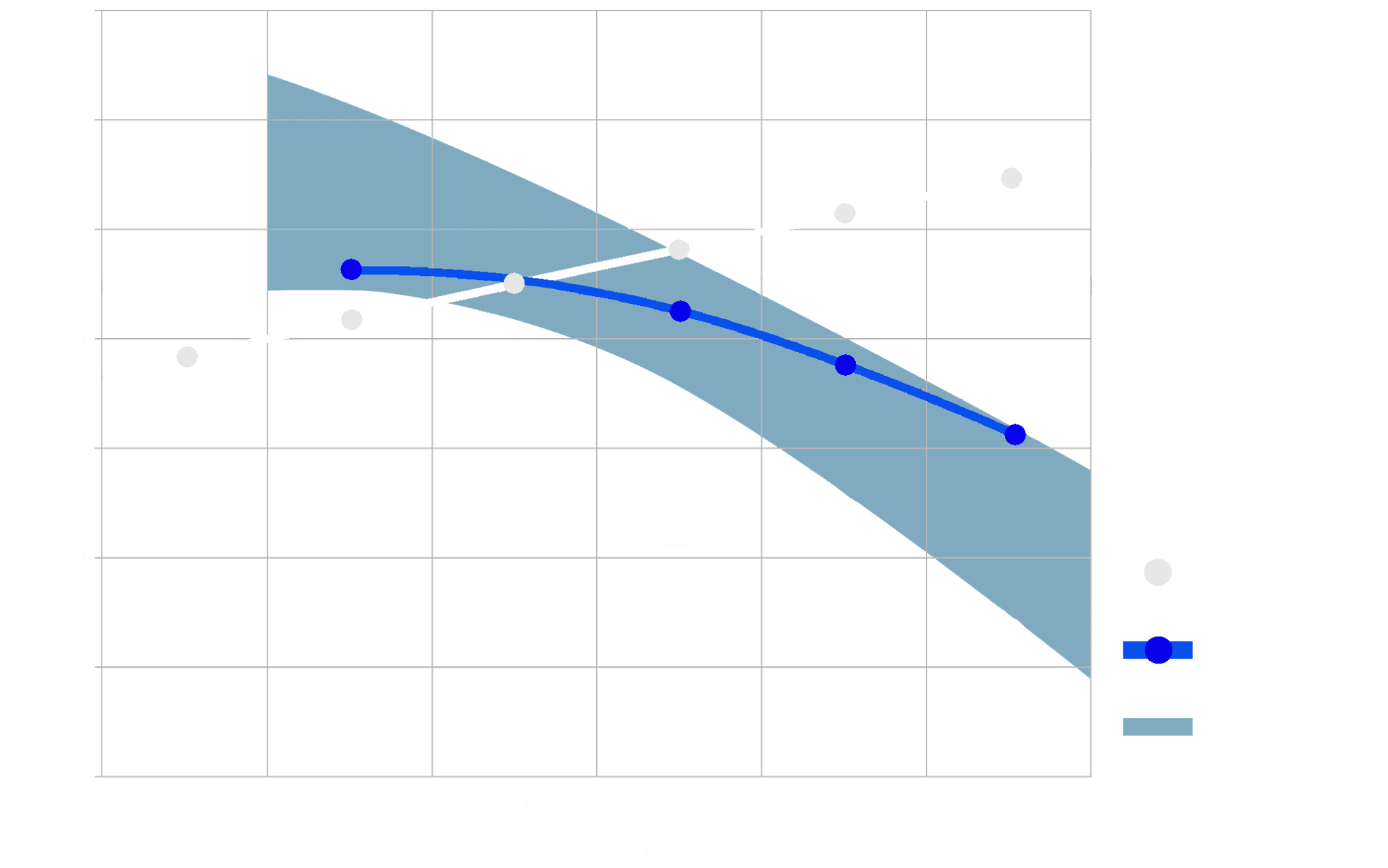Conversations over 15 feet away will fade into the background, making it easier for employees to concentrate.
Employees can speak more freely knowing their conversations won’t be overheard by people across the room or in adjacent private offices.
Sound masking helps create a balanced, comfortable acoustical environment that’s not too quiet, not too loud, but just right.
Sound masking is ambient background sound engineered to match the frequency of human speech for greater speech privacy.
Adding sound to a space actually makes the space seem quieter. It sounds counter-intuitive but it’s true. This is because the added sound reduces the intelligibility of human speech. When you can’t understand what someone is saying, their words are less distracting — in fact, you probably don’t even notice them.
Sound masking makes a building seem quieter by raising the ambient noise level of an environment and making speech noise less intelligible and therefore less distracting.
Sound masking is an ambient sound, similar to the sound of airflow, that’s specifically engineered to the frequency of human speech you can target conversational distractions and make them less distracting. Sound masking does not cancel sound or eliminate all speech noise in an environment; it simply reduces how far away conversations can be heard and understood by others, which we call the radius of distraction.

Sound masking is often referred to as “white noise” but as you can see on the chart on the left, their sound curves vary significantly.
Unlike white noise, sound masking is specifically engineered to match the frequencies of human speech and to sound comfortable, even pleasant, to the human ear. When implemented properly, sound masking should just fade into the background “hum” of a workplace while simultaneously making speech more difficult to hear and understand.
Conversely, the frequency of white noise would be extremely irritating if it were amplified to a volume that would be effective for masking human speech — think “loud AM radio static.” It might cover up the sounds of human speech, but not effectively or efficiently since it is not specifically engineered to do so.